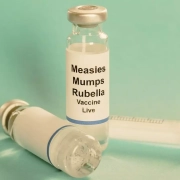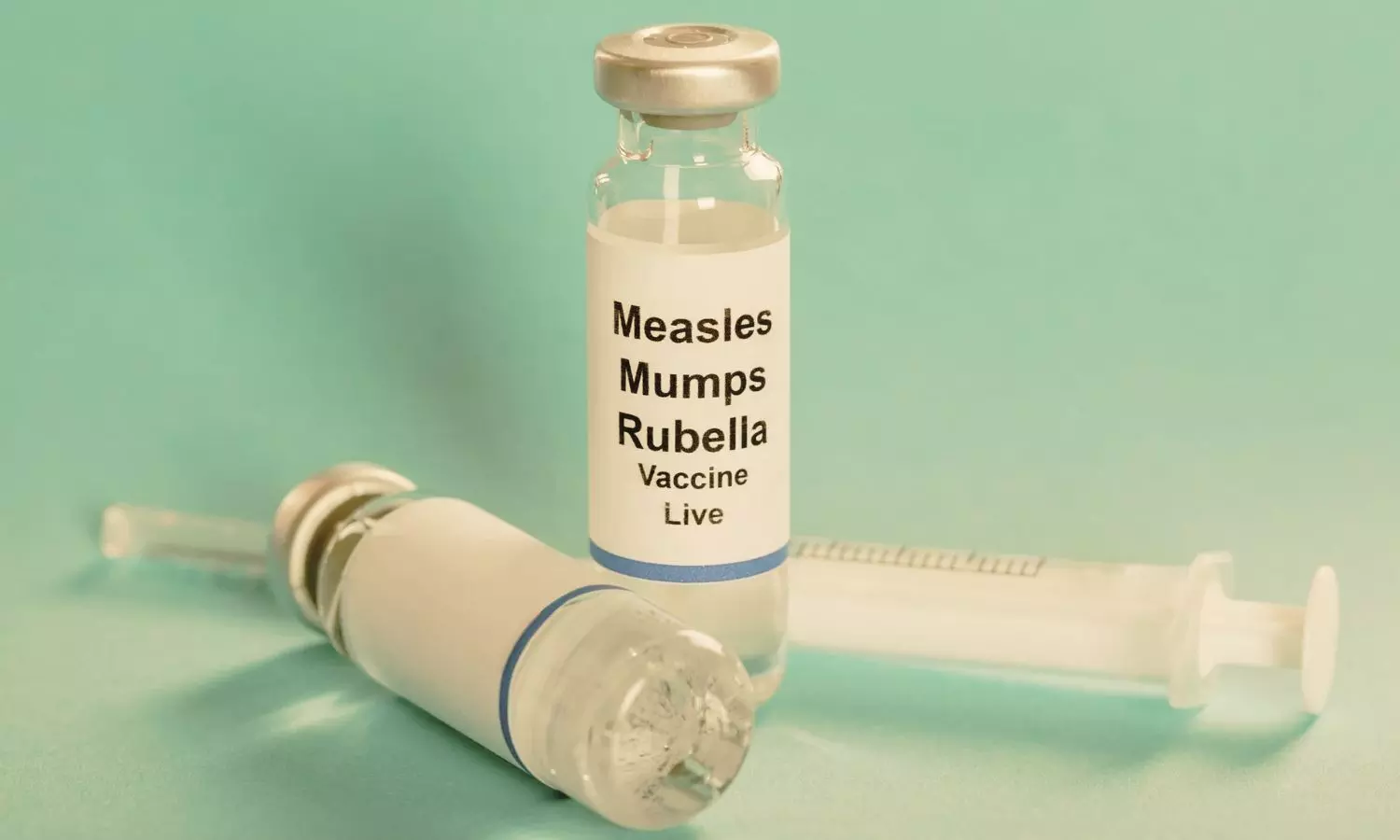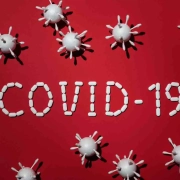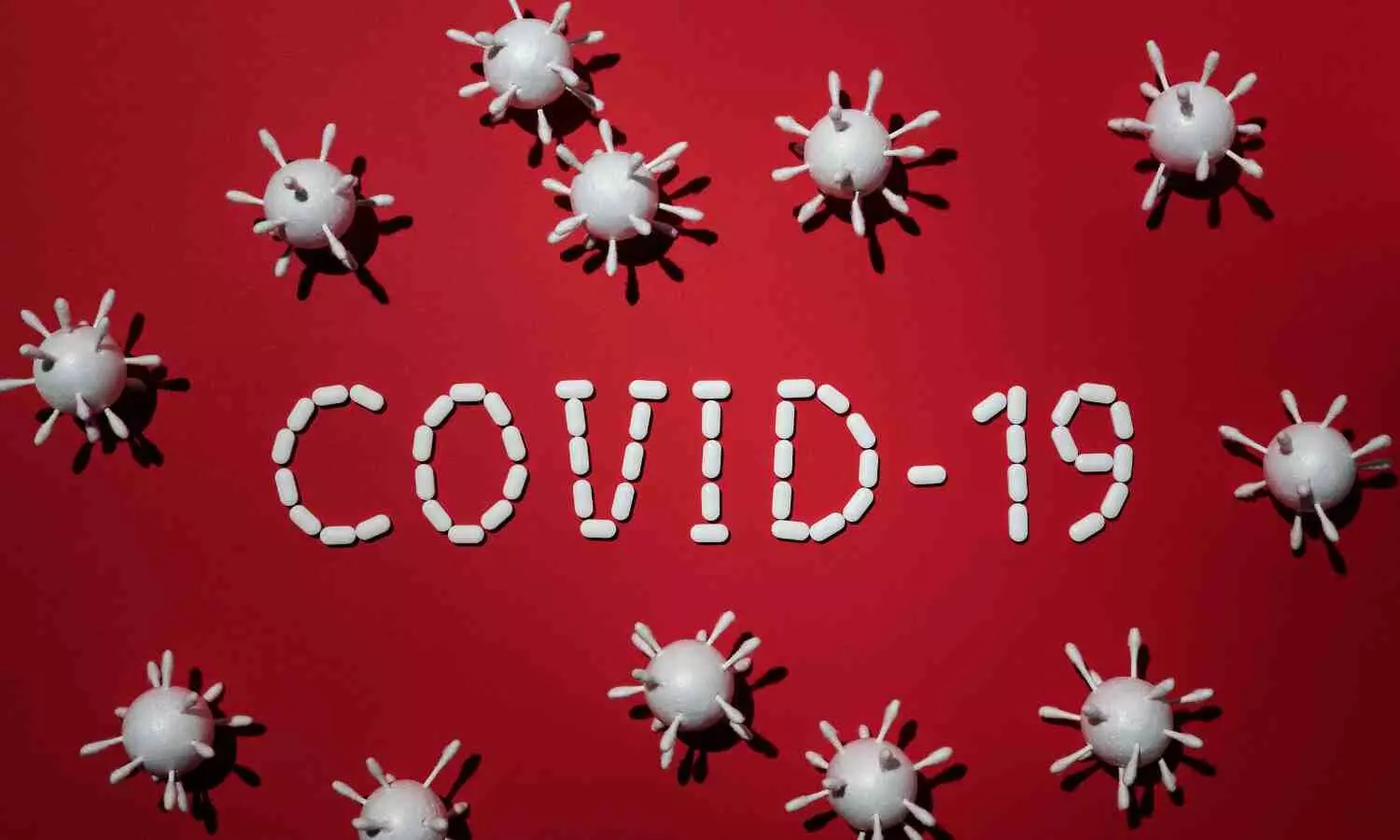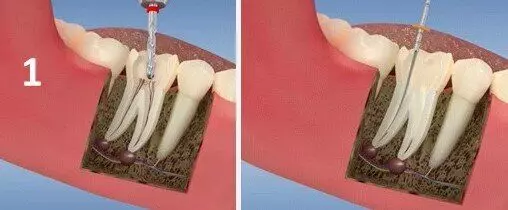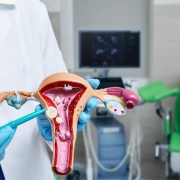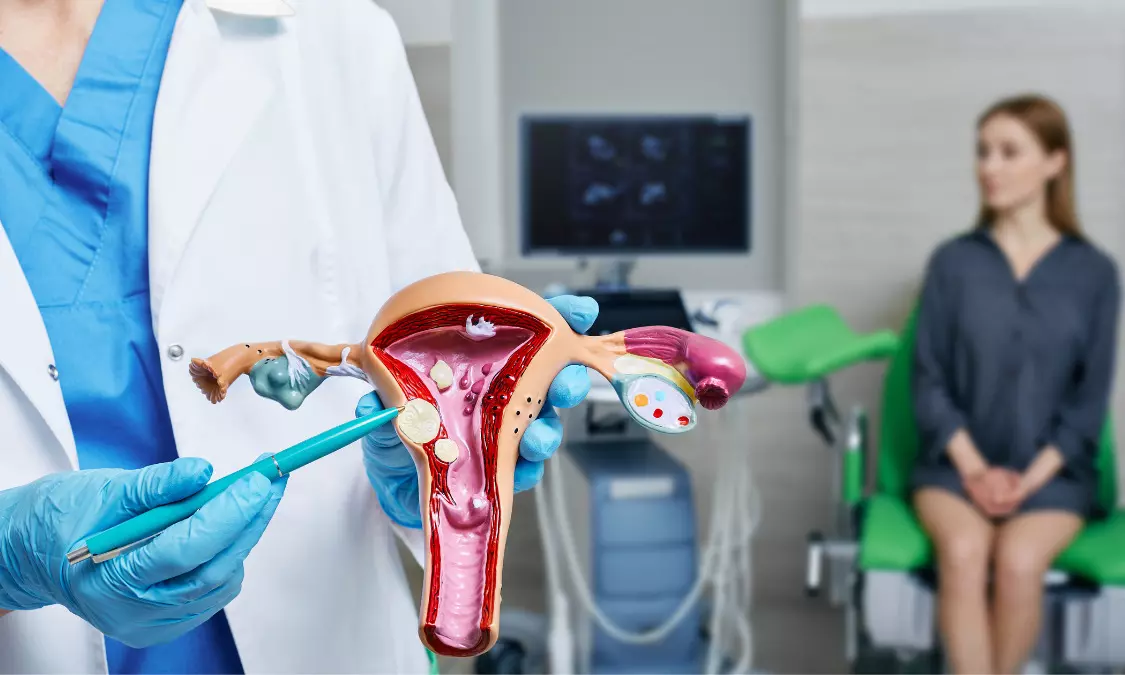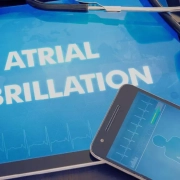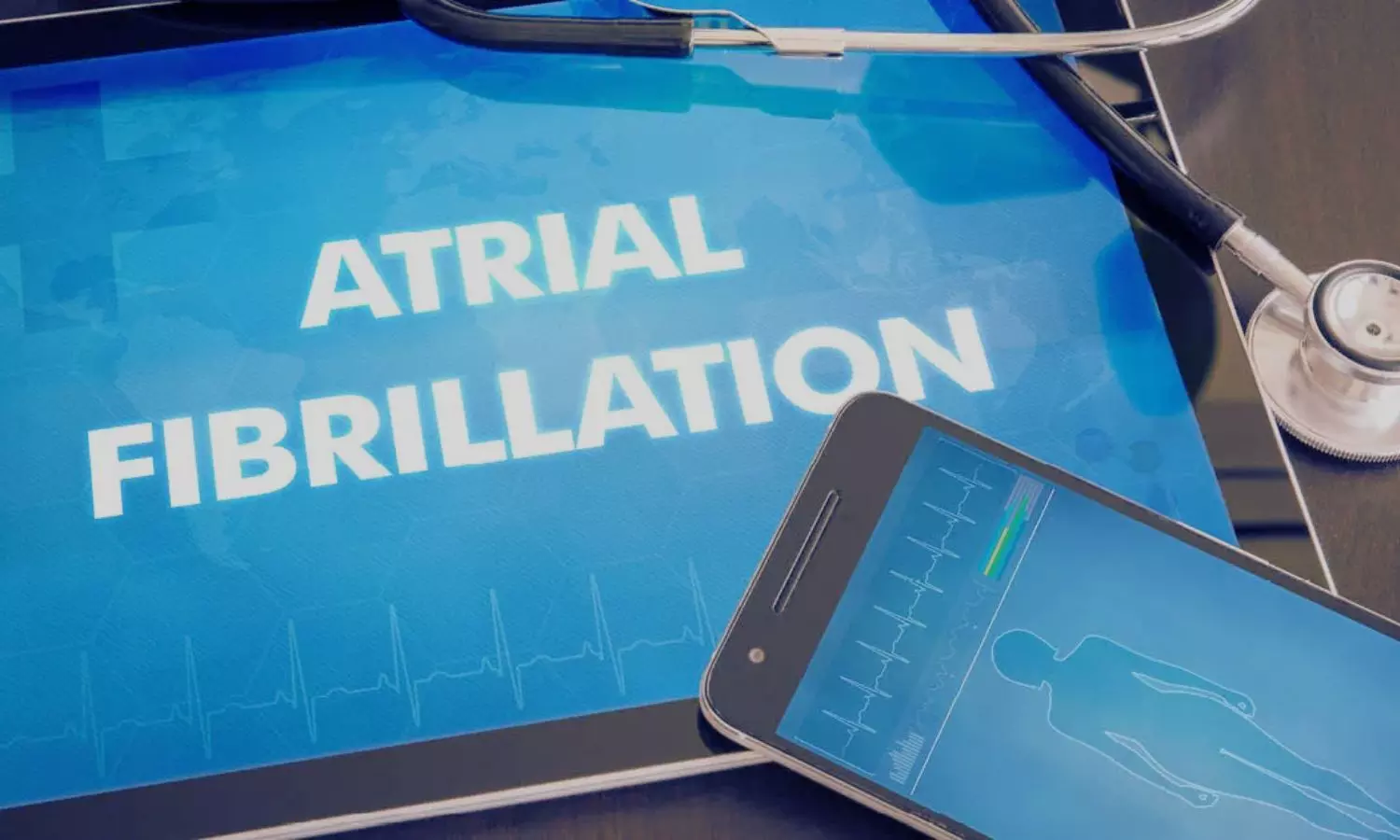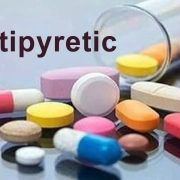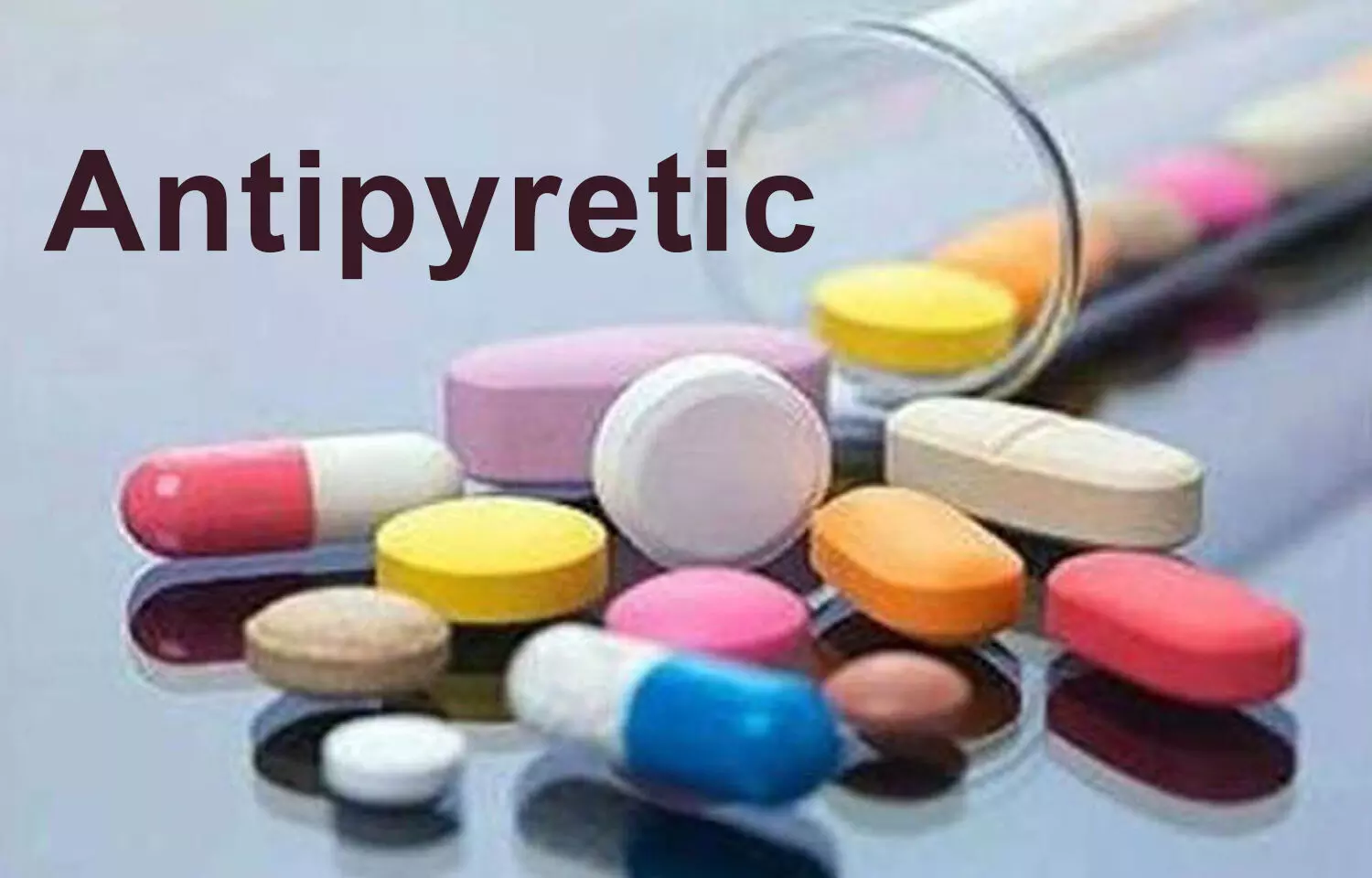Sugary drinks, fruit juices linked to higher risk of developing Type 2 diabetes among boys

A small, long-term study of almost 500 children in Massachusetts has found that regularly drinking sugary drinks and 100% fruit juices during childhood and adolescence may be linked to a higher risk of developing Type 2 diabetes among boys than girls, according to preliminary research to be presented at the American Heart Association’s Epidemiology and Prevention│Lifestyle and Cardiometabolic Scientific Sessions 2024, March 18- 21, in Chicago. The meeting offers the latest science on population-based health and wellness and implications for lifestyle.
“While these findings are preliminary, they support the existing evidence about the potential relationship between beverages with added sugar and long-term risk of Type 2 diabetes in children,” said lead investigator Soren Harnois-Leblanc, Ph.D., a registered dietitian and postdoctoral researcher in the department of population medicine at Harvard Pilgrim Health Care Institute and Harvard Medical School, both in Boston. “Pediatricians and other health care professionals should caution young patients and their parents about sugary drinks and fruit juices when discussing healthy eating habits.”
According to a 2022 American Heart Association fact sheet about sugary drinks, nearly two-thirds of children and adolescents in the U.S. consume at least one sugary drink, such as soda, lemonade or an energy drink, each day. It also notes that in addition to weight gain, eating too many foods with added sugars, especially from sugary drinks, raises the risk of developing heart disease, high blood pressure, Type 2 diabetes and tooth decay.
Using data from Project Viva, an ongoing long-term study of women and their children in eastern Massachusetts that began in 1999, researchers explored whether drinking sugary drinks, 100% fruit juices and eating fresh fruits were associated with markers for developing Type 2 diabetes. Researchers calculated the average consumption of sugary drinks, 100% fruit juices, and fresh fruits over childhood and adolescence based on dietary records and assessed their potential associations to three markers of Type 2 diabetes: insulin resistance, fasting blood glucose level and HbA1c levels. These markers were measured by a single blood test while fasting in late adolescence (approximately age 17).
The analysis found:
- Each daily serving of sugary drinks (approx. 8 ounces) during childhood and adolescence among boys was associated with a 34% increase in insulin resistance; a 5.6 milligrams per deciliter (mg/dl) increase in fasting glucose levels; and a 0.12% increase in HbA1c levels in late adolescence.
- Drinking 100% fruit juice throughout childhood and adolescence was linked to a 0.07% increase in HbA1c levels in late adolescence per daily serving of 100% fruit juice among the boys in the study, with only a slight increase in girls of 0.02%.
- Eating fresh fruit during childhood and adolescence did not appear to have a positive or negative effect on the risk of developing Type 2 diabetes among the boys or girls in the study, according to Harnois-Leblanc.
The associations between regularly drinking sugar-sweetened beverage and insulin resistance, fasting blood glucose levels and elevated HbA1c levels among boys persisted when other health, family and social factors were considered. These factors included socioeconomic status; child’s and mother’s body mass index; mother’s age at time of child’s birth; maternal and paternal history of Type 1 or Type 2 diabetes; overall diet quality and other lifestyle behaviors.
“Although several aspects of biology and behaviors differ between boys and girls, I would have expected to also find an association between sugar-sweetened beverages and fruit juice intake and the increases in insulin resistance, glycemia and HbA1c levels in late-adolescent girls. I was also surprised that eating whole fruits did not reduce the levels of these markers of Type 2 diabetes,” Harnois-Leblanc said.
“The next steps are to use more advanced statistical tools to enable us to better understand the potential causal role of sugary drinks and fruit juices, and to examine whether the relationships may also differ among children by race and/or ethnicity.”
Study background and details:
- Researchers analyzed data of children of the 2,128 pregnant women who had children while enrolled in Project Viva. 972 of the children met criteria for inclusion in this study (parent-completed questionnaires at the child’s age-3 examination and no personal or parental history of Type 1 or Type 2 diabetes, assessed separately from parental history of Type 2 diabetes). Of the 972 children, 455 had a fasting blood sample collected at a research visit in late adolescence, Harnois-Leblanc noted.
- 240 of the children in the study were girls and 215 were boys.
- Project Viva is a long-term study of women and their children in eastern Massachusetts that began enrollment in 1999. The study is focused on improving maternal and child health by examining the potential impact of various life and health factors during and after pregnancy on the mother’s health and their children’s health, including a review of diet and nutrition. Children were followed from birth to late adolescence, up to age 20 at most recent follow-up.
- Researchers evaluated the frequency of drinking sugary drinks, fruit juices and eating fresh fruit (based on standard serving sizes) from questionnaires completed by the parent at the child’s age of approximately 3, 8 and 13 years old; and measured fasting blood glucose, insulin and HbA1c levels in late adolescence (average age of 17.4 years).
The study had several limitations. Although it found an association between regularly drinking sugary drinks and fruit juices and the development of markers for Type 2 diabetes, it could not prove that the drinks caused Type 2 diabetes. Additionally, the relatively small number of study participants may have affected the strength of the association found between sugary drinks and fruit juices and the increased risk of developing Type 2 diabetes.
“Diet and cardiometabolic health are complex, with many factors varying over time and interacting in different ways, and this study represents one small piece of this puzzle,” Harnois-Leblanc said.
American Heart Association nutrition committee member Penny M. Kris-Etherton, Ph.D., R.D., FAHA, said, “This study has shown that greater sugar sweetened beverage intake, including fruit juice, throughout childhood and adolescents is associated with higher markers of diabetes risk in late adolescents in boys but not girls. It is striking that many measures of Type 2 diabetes risk were increased in boys at such an early age.”
Kris-Etherton, an emeritus professor of nutritional sciences at Penn State University, was also a co-author of the Association’s 2018 science advisory on low-calorie sweetened beverages and cardiometabolic health.
“Importantly, although fruit intake did not appear to be protective, it nonetheless was not associated with increased Type 2 diabetes risk,” she said. “These findings support the current dietary recommendations of the Association, and many organizations, to limit or eliminate drinking sugar sweetened beverages and instead consume whole fruits, which are high in so many nutrients especially the shortfall nutrients in the average American diet.” (Shortfall nutrients are the vitamins and nutrients that people are missing each day from the foods they eat; long-term deficiencies in some vitamins and nutrients have been linked to adverse health outcomes.)
The health care resource called Know Diabetes by Heart, developed by the American Heart Association and the American Diabetes Association, provides information about preventing heart disease and stroke while living with Type 2 diabetes. The initiative aims to raise awareness and understanding of the link between Type 2 diabetes and cardiovascular disease, provide resources and support to help people better manage their risk for heart disease and stroke, support health care professionals by sharing the latest clinical guidelines and science and engage health systems to improve quality of care for people with Type 2 diabetes.
Powered by WPeMatico


